Each birthday month has a corresponding gemstone and it is called our “birthstone”. For the month of May, the birthstone is Emerald.
The emerald green color is mesmerizing and you want to get the stone for you or your loved one.
There are many questions that need to be answered before you make an investment in an emerald.
- How do you get started with an emerald purchase?
- What questions should you be asking the emerald salesperson before you making your purchase?
- How can you trust the place you are buying the emerald or emerald jewelry from?
In this Q&A article format, I’ll answer the top 10 most important questions as they related to emeralds. When possible, I’ve cited relevant references so you can be assured that this information is legit and in YOUR best interest.
My goal is to provide you just the right amount of information. Now get ready to become a confident buyer who knows to ask right emerald-buying questions.
What is the #1 factor that affects emerald quality?
There are several analytical and subjective factors that affect emerald quality. Analytical factors include color, clarity, carat (weight), shape, origin, and texture.
Subjective factors include the inherent beauty of the stone itself, elemental color, allure, and charm. Of course, subjective qualities are harder to quantify and hence they are subjective. But if I were to pick one key factor that affects emerald quality, it would be color. Emeralds have a distinct Green or very slightly bluish-Green color.
Other green gemstones such as a green sapphire, green garnet and tourmalines are too dark or have a yellowish tinge.
The three elements of gemstone color are:
Hue: the basic color of the stone
Tone: the lightness or darkness
Saturation: the strength or intensity of the hue
Emerald has a Green or very slightly bluish-Green hue. Since emeralds are lighter stones, you don’t want the tone to be too dark. Medium to medium-dark tone is preferred.
Saturation is the intensity of the color. Saturation ranges from vivid to grayish or brownish. Cool hues such as blue or green become grayish as their saturation decreases. Warmer hues such as red and orange become brownish as their saturation decreases.
Emerald color is located between the cool and warm hue. This means they can have grayish or brownish saturation. To summarize, select an emerald color that has Green or very slightly bluish-Green hue, medium to medium dark tone and close to vivid saturation.
What size of an emerald should I pick?
Before we proceed with answering this question, I want to clarify that “size” refers to the weight of the emerald in the context of this question. We’ll cover “shape” in the next question.
This is an important question, especially when you’re trying to match the size of your emerald to other gemstones such as diamonds, sapphires or rubies.
Just like diamonds, emeralds are weighed in carats. One carat is one-fifth of one gram.
First, we need to take a bit of detour to understand the concept of specific gravity. Specific gravity (SG) is defined as the ratio of the weight of a material to the weight of an equal volume of water.
Emerald has SG of 2.67. In comparison, diamonds have SG of 3.52 and ruby and sapphire have SG of 4.0.
What does this mean?
Simply stated, emeralds are less dense than diamonds, rubies, and sapphires. Therefore, a one-carat emerald will larger than a one-carat diamond. If you’re trying to get a one-carat diamond-look with your emerald, go with a 0.75 or 0.80-carat emerald.
In some countries, the unit of measurement is “ratti” instead of “carat”. A ratti weighs 0.11 grams and one carat is equivalent to 0.91 ratti.
In other words, one ratti is slightly less than a “carat”. This becomes an important consideration when you’re comparing emerald prices in “ratti” versus “carat.”
How do I decide on the shape of the emerald?
In order for you to decide on the emerald shape, it is necessary to understand how emeralds are found in nature.
Rough (uncut) emeralds are mostly found as hexagonal cylinders. The goal for any cutter or emerald dealer is to minimize wastage and cut the gemstone as efficiently as possible.
An efficient cutting process means that most emerald shapes are either rectangular or square.
If you’re looking for other emerald shapes such as round, pear, heart, marquise and oval, it’s possible to find such stone. With all other factors such as color, carat, and clarity being equal, fancy cut emeralds may cost more than the standard rectangular or square shapes.
Another important consideration for your emerald is the jewelry design. For example, long rectangular emeralds may be a great choice for a neckpiece or earring but would not be an ideal choice for a ring.
Unless you desire a specific emerald shape, my recommendation is to focus on the emerald color (see question #1) and pick an emerald size and shape that is well-suited for your jewelry.
Is it a bad idea to buy a treated emerald?
The short answer is “no, emeralds are generally enhanced for their clarity but not for their color”
The hexagonal shape of rough emerald necessitates the need for long rectangular facets. Therefore, more inclusions and fissures are revealed compared to other gemstones. Furthermore, the chromium that gives emeralds their beautiful green color also makes the emerald brittle, resulting in fissures.
Now that you understand that most emeralds have fissures and inclusions and require clarity enhancements, you’ll want to know how are the fissures or inclusions treated.
To improve clarity, the fissures are filled with a liquid, through a process is known as “oiling.” The type of liquid utilized shouldn’t be your primary concern as this is a well-established process. Instead, focus on the number of surface fissures and make your decision.
The clarity enhancement is less applicable for oval or round emeralds as they have triangular facets. The triangular facets hide the inclusions, thereby removing or reducing the need for clarity enhancements.
To summarize, clarity treatment in emeralds is very common given the structural make-up of emeralds. Given the natural green color of emeralds, it’s color does not require any enhancements or treatments.
Do emeralds easily chip because they are a “soft” gemstone?
You may hear that emeralds are softer, less durable or scratch easily.
I don’t find this to be true.
All gemstones (including diamonds) can chip or scratch if dropped or bumped against a hard surface.
Whether or not your emerald will chip or scratch depends on how you care of your emerald jewelry, presence or absence of fissures or inclusions on the emerald and your understanding of the Mohs Scale of Hardness.
Mohs Scale is a way to compare scratch resistance of gems and minerals in relation to each other. For example, you can scratch an emerald (Moh 7.5) with a diamond (Moh 10) but not with quartz (Moh 7). Thus, materials with higher Moh number can scratch materials with a lower Moh number.
If your emerald has surface fissures or inclusions that may the stone weak, your emerald is more likely to chip. Most emeralds will have inclusions and in many cases, inclusions can make the emerald look quite beautiful. However, you want to avoid purchasing emeralds with surface fissures.
Emerald jewelry is considered fine jewelry. With that being said, you should be careful about how you care for your emerald jewelry. Do not wear emeralds when cleaning dishes or taking a shower as the soap will affect the brilliance of your gemstone. You should also not clean emerald jewelry with acetone, ultrasonic cleaners or steam cleaners.
How do I know if my emerald if real?
Before you buy an emerald or emerald jewelry, spend some time reading about emeralds. Nonprofits such as the Gemological Institute of America (GIA) provide useful and important information on emeralds.
Once you have gained some basic education, you’ll have more confidence in your purchasing decision.
Next, you need to connect with jewelers or gemstone dealers. If you are trying to purchase a beautiful piece of emerald jewelry, stop wasting time on trying to purchase emerald and then working with jewelry to get it mounted on a ring.
Consider getting the entire jewelry piece from one company. You’re more likely to receive great customer service and value for your money.
When you reach out to jewelers or gemstone dealers, ask some or all of these questions:
- How do I know this emerald is real?
- What is your return policy? Is there a re-stocking fee?
- Is your business registered?
- Are you affiliated with any industry associations such as the American Gem Society?
- Where do you source your emeralds from?
- Are your emeralds treated?
Depending on how the seller answer’s your questions, you can decide whether or not you trust them.
Trust is the #1 factor when it comes to buying emerald jewelry or any jewelry. You want to only deal with people you trust. If you don’t trust the person, don’t business with their company.
You can also look at external signals such as their company website, online reviews, and the people behind the business.
Gemstone lab or grading certificates are helpful but not necessary. Remember, the cost of the lab certificate is getting passed onto you as the consumer. In some cases, gemstone lab certificates can cost more than the gem itself.
You are better off getting a detailed purchase receipt that lists the emerald characteristics such as a description of the emerald, whether it is a semi-precious (synthetic) or natural (real) gemstone, and enhancement disclosures.
If a company provides you with an official receipt, they are liable if what is stated on the receipt is not true. Hence, an honest company will stay away from putting something in writing that is untrue.
My recommendation is that you speak with at least 3-5 companies before making your purchase.
Is it safe to buy emeralds or emerald jewelry online?
Yes, it is safe to buy emeralds or emerald jewelry online. In fact, many people make online purchases if they are looking for specific jewelry design or emerald.
We live in an era where more and more people are making online purchases and jewelry is no exception.
The main thing to note is that you clearly understand the terms and conditions of the sale. Below are some questions you need to ask before you buy online.
- Can you make a return?
- Is a return authorization number necessary to make the return?
- Is there a re-stocking fee? There may be a reasonable restocking fee for the time and effort the company puts into sourcing the emerald for you.
- Will the seller leave a bad review for you if you decide to return? This primarily applies to online marketplaces such as eBay.
- Is the online company a registered business in your state or country?
- Are there online reviews on the company’s website from other customers? Can you find any Google reviews on the company?
- Is it easy to understand what emerald jewelry or emerald will be getting and by when? The website should clearly state the emerald quality such as carat, color, and clarity.
Now take all this information into consideration before making your purchasing decision.
Many credit card companies will also guarantee your purchases. If you’re not satisfied with your purchase but comply with the terms and conditions of the sale, you can contact your credit card company to dispute the charge with the seller on your behalf.
How much does an emerald cost?
The price of an emerald primarily depends on a combination of quantitative and qualitative factors.
Both factors are equally important. You cannot simply focus on quantitative “specs” and ignore the awe and wonder one experiences when seeing a beautiful emerald.
The three primary quantitative factors that affect the emerald price.
- Emerald color due to internal reflection of light. It is very important to have a gem with a vibrant emerald green color
- The size of the stone i.e. carat weight. The larger the emerald, the more expensive it gets
- Clarity, specifically the number of surface fissures. It is not uncommon for an emerald to have a clarity enhancement. However, a greater number of surface fissures will likely reduce the price of the stone with all other factors being equal
Cut emeralds are priced $1000+ per carat. It is possible to spend as much money as you can afford when you consider an emerald with the perfect green color, superior clarity, and large carat weight.
Additionally, when purchasing emeralds as part of jewelry, focus on the overall value you’re getting with your purchase. Price is just one factor of the equation.
I always recommend people to buy emerald or emerald jewelry from a business that can provide you with a quality piece to your liking, 100% satisfaction guarantee, easy returns with minimum restocking fees, and a well-designed piece.
It is easy to get caught up in trying to get the “best deal” and compromise on the emerald clarity, color, shape or the jewelry design. These are very important and unique factors that you should never lose sight of.
If you are going to spend the money, might as well spend it on something you’ll love and cherish.
Which countries are the major source of emerald?
According to the latest United States Geological Survey report, Brazil, Colombia, and Zambia are the top three producers of emerald.
Brazil does a great job of making standard emerald sizes readily available at affordable prices.
Emeralds from Colombia are extremely valuable because of their color, especially the emeralds greater than one carat in weight.
Zambia is another source of emeralds. Compared to Colombian emeralds, Zambian emeralds have a slightly high percentage of chromium, magnesium, vanadium, iron, and sodium. These are more transparent, lighter and larger in comparison with emeralds from other countries.
Pakistan, Afghanistan, Russia and North Carolina in the United States are also sources of emeralds.
Should I buy a certified emerald?
As a buyer, you want to ensure that the emerald or emerald jewelry you purchased is authentic.
You’ll emeralds that comes with a certificate. But before you buy into the idea of having a certificate, you need to understand the types of certificates, the purpose, and associated costs.
Gemstone certificates fall under one of the following three categories:
- A Certificate of Authenticity generated and issued by the seller, jewelry brand or jewelry store
- A Certificate of Authenticity issued by a private, for-profit lab that is not affiliated with the seller, jewelry brand or jewelry store
- A gemstone grading report issued by an independent nonprofit lab such as the Gemological Institute of America
If you were to go for a graded gemstone, I would recommend option 3, an emerald certified by an independent nonprofit lab. However, there are some limitations and costs associated with such a report.
There is an additional grading report fee starting $150+ per emerald. The cost increases with the carat weight of the emerald. Only lose emeralds are graded. Emeralds set in jewelry cannot be comprehensively graded.
Certificate of authenticity issued by the seller, jewelry brand, jewelry store or a for-profit lab may be biased or may not have strict grading standards.
The certificates are limited in the amount of information. Certificates include information such as emerald color, degree of enhancement, the weight of the emerald and whether the gemstone has been treated. This information may be of little or no value to you.
For instance, if you are interested in ensuring your emerald or jewelry purchase, you need an appraisal report and the gemstone certificate or grading report will not be of any value to you.
Choosing to get an emerald grading report or certificate is a personal choice. If such a report is of value to you, you should request one from the seller.
What other questions did you have about emeralds? Leave them in the comments section below.
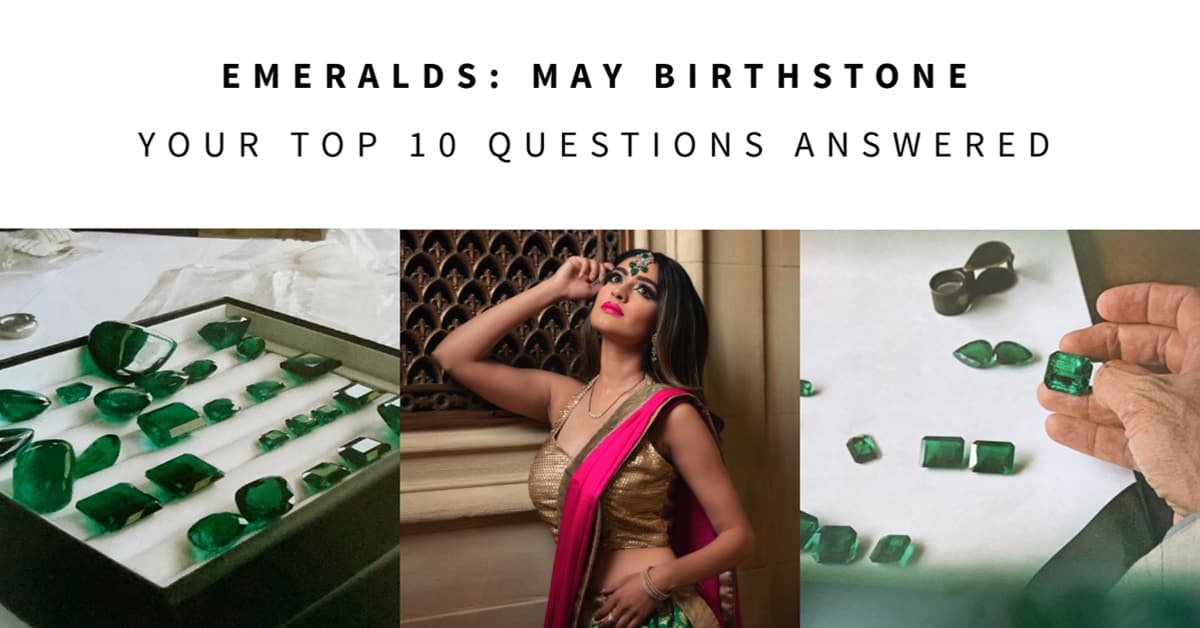

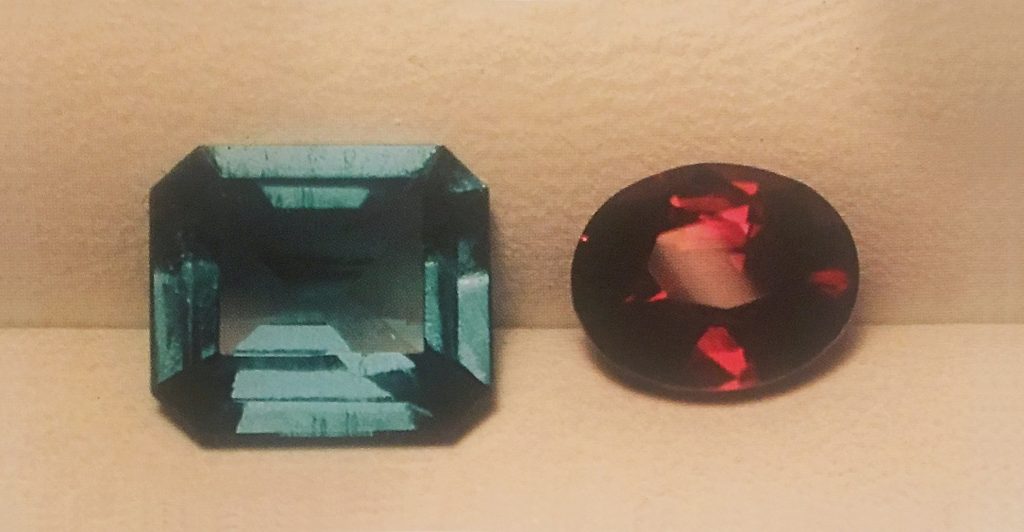

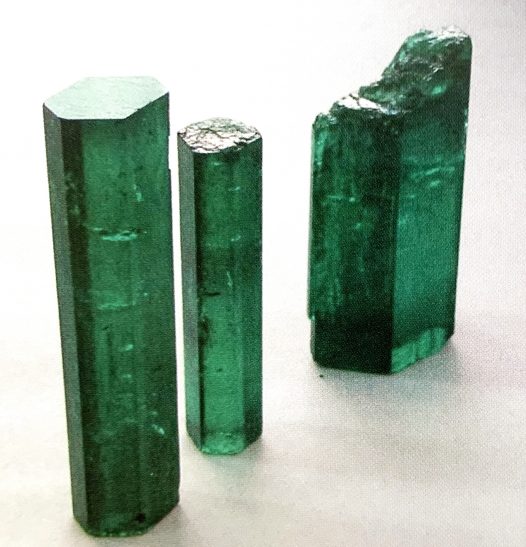
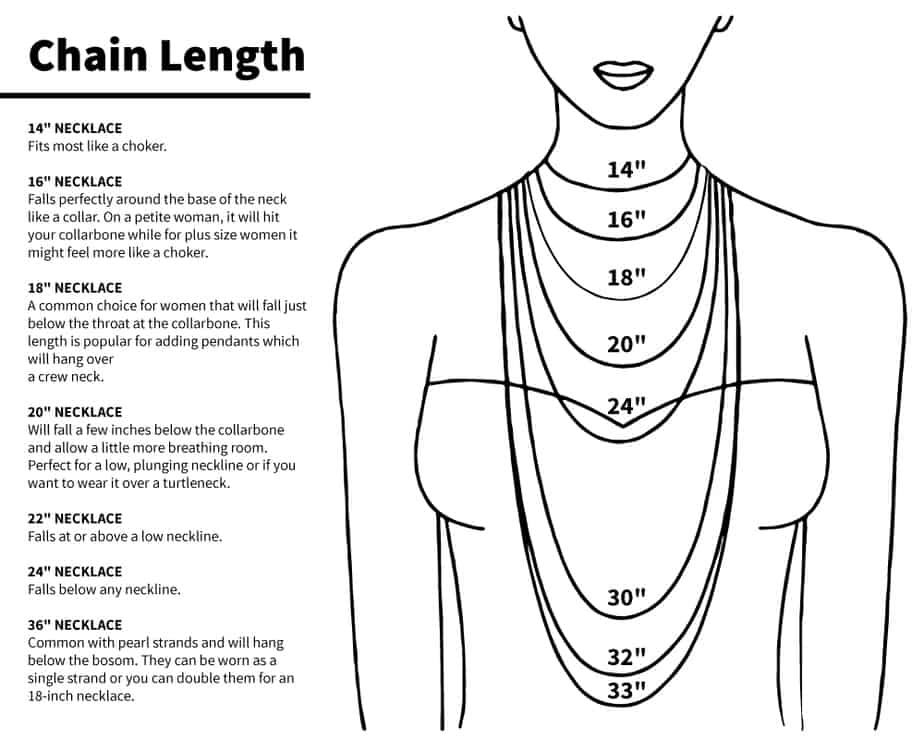
 Chat Now
Chat Now
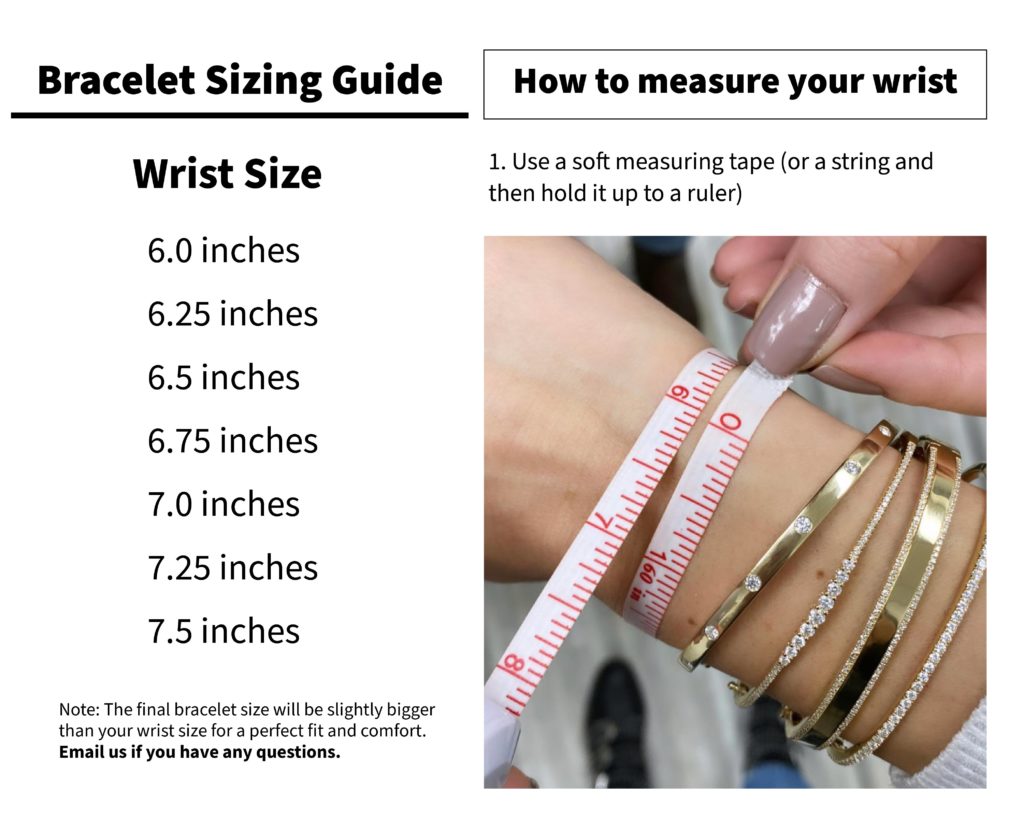
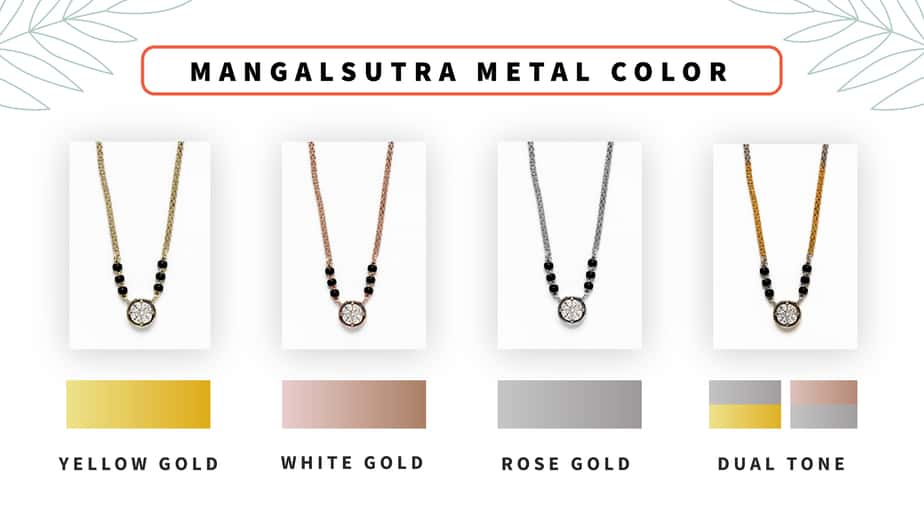
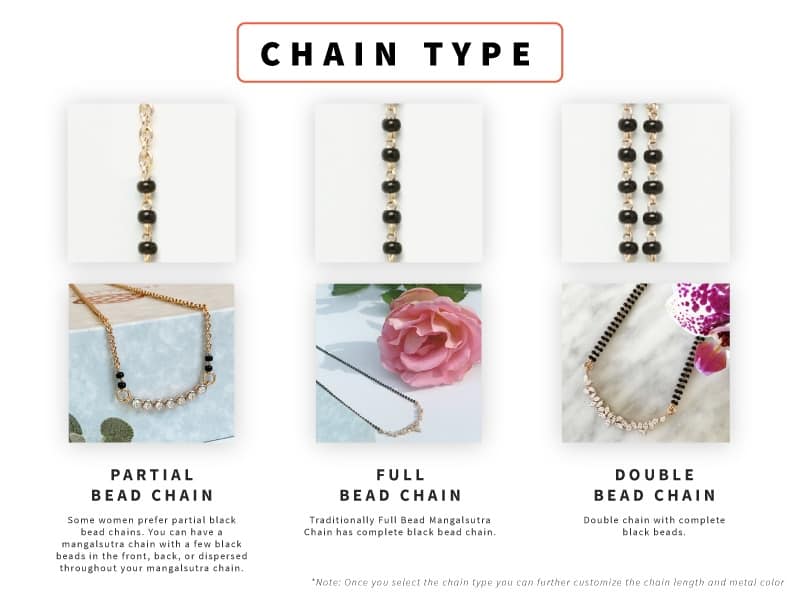
4 Thoughts on "Emerald Buying Guide – Top 10 Questions"
sahruk
June 3, 2019You have a good collection of jewelry. I really like your presentation of the article. It is very helpful to me, thanks for sharing.
Swastik Gaurav Sahoo
February 12, 2021More than 8 ratti of emerald can i wear or not.
Jinal Sampat
February 16, 2021Hi Swastik, There is no problem in wearing 8 ratti Emerald in terms of design and visual appearance. You create a ring, pendant, bracelet or earrings.
David Kors
February 20, 2021Wow, I like your excellent post about gemstone which you have shown this in a different way. This is true every men and woman are using new color gemstone & now this is on trend fashion. I also love to wear gemstone ring for unique look